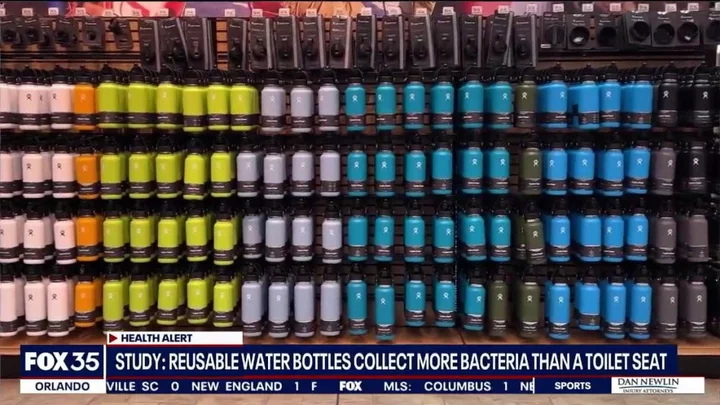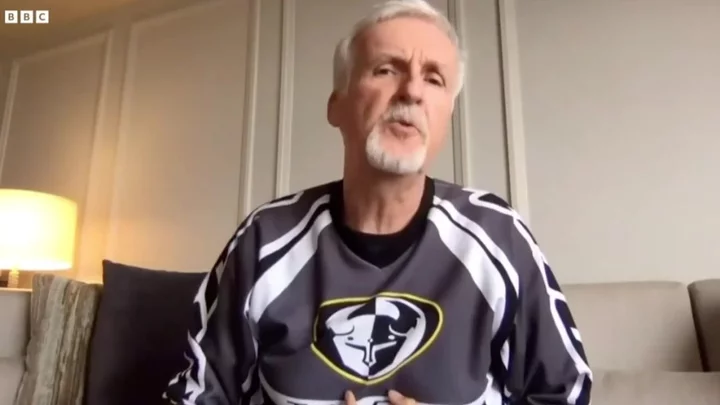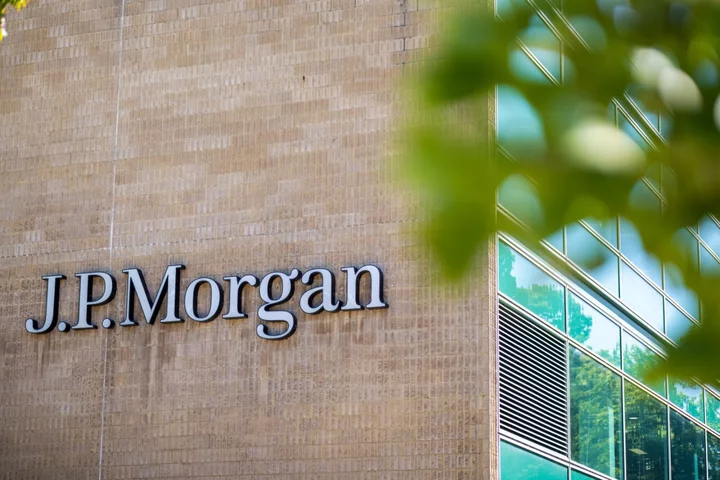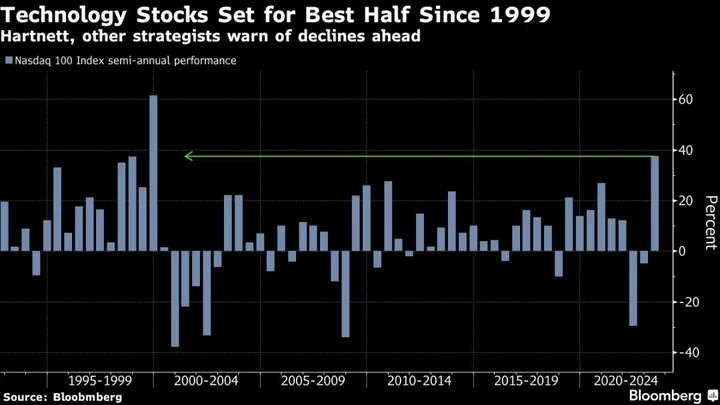
Reusable bottles contain 'more bacteria than toilet seats'
Reusable water bottles tick many boxes. Not only do they help you stay hydrated and help save money, but they also help cut down on single-use plastic. They've almost become a fashion accessory, with chic stainless steel flasks and viral bottles going viral across TikTok. Sign up for our free Indy100 weekly newsletter Trying to hit the NHS-recommended eight glasses of water a day for adults is an excellent idea, of course, but did you know there’s one way your refillable bottle could potentially be detrimental to your health? According to a study from waterfilterguru.com, reusable water bottles contain an average of 20.8m colony-forming units (CFUs) of bacteria, which equates to 40,000 times more than the microbes on a toilet seat. So what might be the consequences if you continuously sip and refill without washing your bottle properly between uses? We asked health experts to talk through the risks… Bottling up bacteria “A common misconception when it comes to reusable water bottle hygiene is that as you’re typically filling it with pure water and it’s only coming into contact with your own mouth, there’s little need to clean it often,” says Dr Donald Grant, senior clinician at The Independent Pharmacy. However, every time you drink from the bottle, you’re transferring bacteria from your mouth, which can then multiply in the container. “Anything that is reusable can be prone to accumulating dirt, dust or debris and, as a result, bacteria,” says private GP Dr Suhail Hussain. “This is exacerbated by the fact water bottles are the ideal environment for harbouring bacteria due to being moist.” Hard-to-reach crevices – for example, inside a screw top or under a flip-up straw – could also develop mould, and then there’s contamination from other sources. “When you store it in a gym bag, for instance, it can pick up bacteria from the interior of the bag or anything else stored in it, while you can also transfer bacteria from your hands to your bottle,” says Grant. “If your bottle has a valve cap, you may need to lift or twist it with your fingers, and this can transfer bacteria you may have picked up from touching other objects or surfaces.” What types of microbes are found in water bottles? “These might be simple commensals such as streptococcus and staphylococcus, which normally live in symbiosis with their host (i.e. us) but can become problematic if they accumulate or the individual is under the weather,” Hussain says. “Bacteria such as E. coli – a common cause of urine and bowel infections – can often colonise the water bottle following repeated handling, such as taking the cap on and off.” These bacteria can potentially cause a variety of issues. “You may become sick and develop gastric illness, such as diarrhoea or vomiting,” Hussain continues. “Gram negative rods – another common bacterium found in unwashed bottles – can lead to urogenital tract infections and pneumonia.” Grant warns: “If there’s a build-up of mould inside the bottle, this can cause allergy symptoms, such as a runny nose, sneezing, or red and itchy eyes. Symptoms might be more severe for someone with asthma.” How often should you wash your reusable water bottle? “To minimise your risk of getting sick, you should ideally clean your water bottle after each use,” Grant says. “As a minimum, you should aim to wash it thoroughly at least a few times a week.” Hot water and washing up liquid are all you need to banish bacteria on a daily. “Fill the bottle with hot soapy mixture and swill around, or leave to soak in a detergent mixture,” Hussain advises. “Remember to pay special attention to lids/caps and screw top regions – use a clean brush [to scrub them].” If you’ve neglected your bottle for a few days and it needs a deeper clean, Grant suggests: “Soak your bottle overnight in a solution of half vinegar and half water. Rinse the bottle and let it dry fully before using it again.” Storage is also important to help minimise nasty microbes. “Where possible, you should keep your water bottle out of germ-rich environments such as your gym locker or sports bag,” Grant says. “You should also avoid filling your bottle with anything other than water, such as protein shakes, energy drinks, or sugar-rich liquids, as sugar can stimulate the growth of bacteria.” Hussain adds: “Don’t leave a water bottle in the sun for long periods or sitting in the cup holder in the car – the mixture of warmth and moisture is likely to make bacterial overgrowth worse.” Have your say in our news democracy. Click the upvote icon at the top of the page to help raise this article through the indy100 rankings.
2023-06-24 17:16

SolarWinds executives receive Wells notice from US SEC
(Reuters) -SolarWinds said on Friday some of its former and current executives had been issued a Wells notice by the
2023-06-24 12:18

SolarWinds chief vows to fight any legal action from US regulators over alleged Russian hack
The chief executive of US software firm SolarWinds told employees Friday that "we intend to vigorously defend ourselves" in the face of potential legal action from US regulators over the firm's handling of a sweeping 2020 breach by alleged Russian hackers, according to an internal SolarWinds email obtained by CNN.
2023-06-24 11:22

Nvidia CEO Says Chipmaker ‘Extremely Likely’ to Invest in Europe
Nvidia Corp., the world’s most valuable chipmaker, is “extremely likely” to invest in Europe, Chief Executive Officer Jensen
2023-06-24 09:21

IBM Is in Talks to Buy Apptio for as Much as $5 Billion
International Business Machines Corp. is in talks to buy software company Apptio as part of a deeper push
2023-06-24 09:19

IBM Is Close to $5 Billion Takeover of Apptio, WSJ Reports
International Business Machines Corp. is nearing a deal to buy software company Apptio for roughly $5 billion, part
2023-06-24 08:24

Indian Startup Byju’s Loses Board Members in Latest Setback
Think & Learn Pvt lost three board directors representing its most prominent shareholders, the latest setback for the
2023-06-24 03:16

Binance ordered to stop all digital currency services in Belgium
By Sudip Kar-Gupta BRUSSELS Belgium's FSMA regulator on Friday ordered Binance to cease offering any virtual currency services
2023-06-24 01:55

Inside Titanic director James Cameron's obsession with the deep ocean
Public interest in the deep ocean went into a frenzy this week as the search for the doomed Titan submarine played out – and Oscar-winning film director has made no secret of the fact that he is obsessed with the subject. Since it emerged on 22 June that the Titan was destroyed in what US authorities called a “catastrophic implosion”, Cameron has been telling media outlets that he knew what the five-man crew’s fate was since Monday, four days earlier. After calling up his “contacts in the deep submersible community” Cameron said he had already ascertained that the vessel had been destroyed in an implosion. “I felt in my bones what had happened.” Sign up to our free Indy100 weekly newsletter But why does Cameron know so much about the ocean depths? Titanic, Avatar and The Abyss First of all, Cameron has made a lot of films about the bottom of the sea. His 1997 film, Titanic, won 11 Oscars and was the first movie to earn more than $1bn worldwide, and Cameron went deep on his research – literally. The filmmaker has visited the real-life wreck of the Titanic 33 times, making his first trip in 1995 to shoot footage for the film. One of those dives even involved getting trapped with the wreck for 16 hours, with currents of water holding the director’s submarine at the bottom of the ocean. He has even written a book about his experiences, Exploring The Deep, which includes details of his dive journey, photos and maps from his own explorations of the wreck. He told ABC News: “I actually calculated [that] I've spent more time on the ship than the captain did back in the day.” Long before Titanic, Cameron directed The Abyss in 1989. The premise of the film is that an American submarine sinks in the Caribbean – sound familiar? That prompts a search and recovery team to race against Soviet vessels to recover the boat. Meanwhile, the last movie in Cameron’s famous Avatar franchise, The Way of Water, is set on the aquatic ecosystems of a world 25 trillion miles from Earth. "Some people think of me as a Hollywood guy … (but) I make 'Avatar' to make money to do explorations," Cameron told The Telegraph. Going even deeper In 2012, Cameron went a step further, plunging nearly 11km down to the deepest place in the ocean, the Mariana Trench in the western Pacific. The filmmaker made the solo descent in a submarine called the Deepsea Challenger, and it took more than two hours to reach the bottom. The submarine he used was years in the making, designed by Cameron himself with a team of engineers. The trip was only the second manned expedition to the Mariana Trench. The first was in 1960, when US Navy Lieutenant Don Walsh and Swiss scientist Jacques Piccard descended to the ocean floor. “It was absolutely the most remote, isolated place on the planet,” Cameron said in a later interview. “I really feel like in one day I've been to another planet and come back.” He was even underwater when 9/11 happened His obsession with the ocean goes back to age 17, he told the New York Times, when he learned to scuba dive, when he said he felt like he had discovered the "keys to another world”. And between making Titanic in 1997 and Avatar in 2009 Cameron didn’t make a feature film. But he did make documentaries about sea exploration. One of those, 2003’s Ghosts of the Abyss, showed Cameron's travels to the Titanic, while the other, 2005’s Aliens of the Deep, saw Cameron team up with NASA scientists to explore the sea creatures of mid-ocean ridges. Cameron’s fascination even meant he was inside a submersible vessel exploring the Titanic on 11 September 2001, when terrorists flew two passenger jets into the World Trade Centre. It was only after the now-68-year-old director and his crew finished their expedition and returned to the main ship that Cameron learned what had happened. “What is this thing that’s going on?” Cameron asked the late actor Bill Paxton, who played treasure hunter Brock Lovett in the film. “The worst terrorist attack in history, Jim,” Paxton said. Cameron realised he “was presumably the last man in the Western Hemisphere to learn about what had happened,” he told Spiegel in 2012. Have your say in our news democracy. Click the upvote icon at the top of the page to help raise this article through the indy100 rankings.
2023-06-23 20:27

JPMorgan Starts Euro Blockchain Payments for Corporates
JPMorgan Chase & Co. expanded one of the most high-profile projects to bring blockchain technology to traditional banking,
2023-06-23 19:56

BofA Says Investors Are Fleeing Tech Stocks After ‘Baby Bubble’
There are early signs of investors fleeing from tech stocks after 1999-like rally formed a “baby bubble,” according
2023-06-23 19:49

Scientists discover centuries old 'echo' from supermassive black hole
The universe appears to be speaking to us, after a centuries old “echo” from a supermassive black hole was detected by scientists. The black hole located inside the Milky Way became active around 200 years ago and produced a sound that is now being studied. The research was published in Nature and focuses on the black hole named Sagittarius A* (Sgr A*) found 26,000 light-years away from Earth. The noise was triggered when the object consumed gas and dust, with particles moving into the event horizon. The findings could teach us more about the activity of supermassive black holes, which continue to intrigue and confound scientists. Sign up to our free Indy100 weekly newsletter Author of the research Dr Frederic Marin of Strasbourg University said: “It reveals the past awakening of this gigantic object – which is four million times more massive than the Sun. “Our work presents the missing piece of evidence that X-rays from the giant molecular clouds are due to reflection of an intense, yet short-lived flare produced at or nearby Sagittarius A*. These results can further constrain the past activity of the galactic centre.” By their very nature, black holes are difficult to study as they absorb light around them, and these new findings offer insight into a fascinating part of space. Dr Marin said: “To get an idea of the increase in intensity of the X-ray emission when the black hole emerged from its quiescent state, it is as if a single glow-worm hidden in a forest suddenly became as bright as the Sun. “These findings explain why galactic molecular clouds near Sgr A* are shining more brightly than usual. It is because they are reflecting the X-rays emitted by Sgr A* 200 years ago.” Have your say in our news democracy. Click the upvote icon at the top of the page to help raise this article through the indy100 rankings.
2023-06-23 19:28
